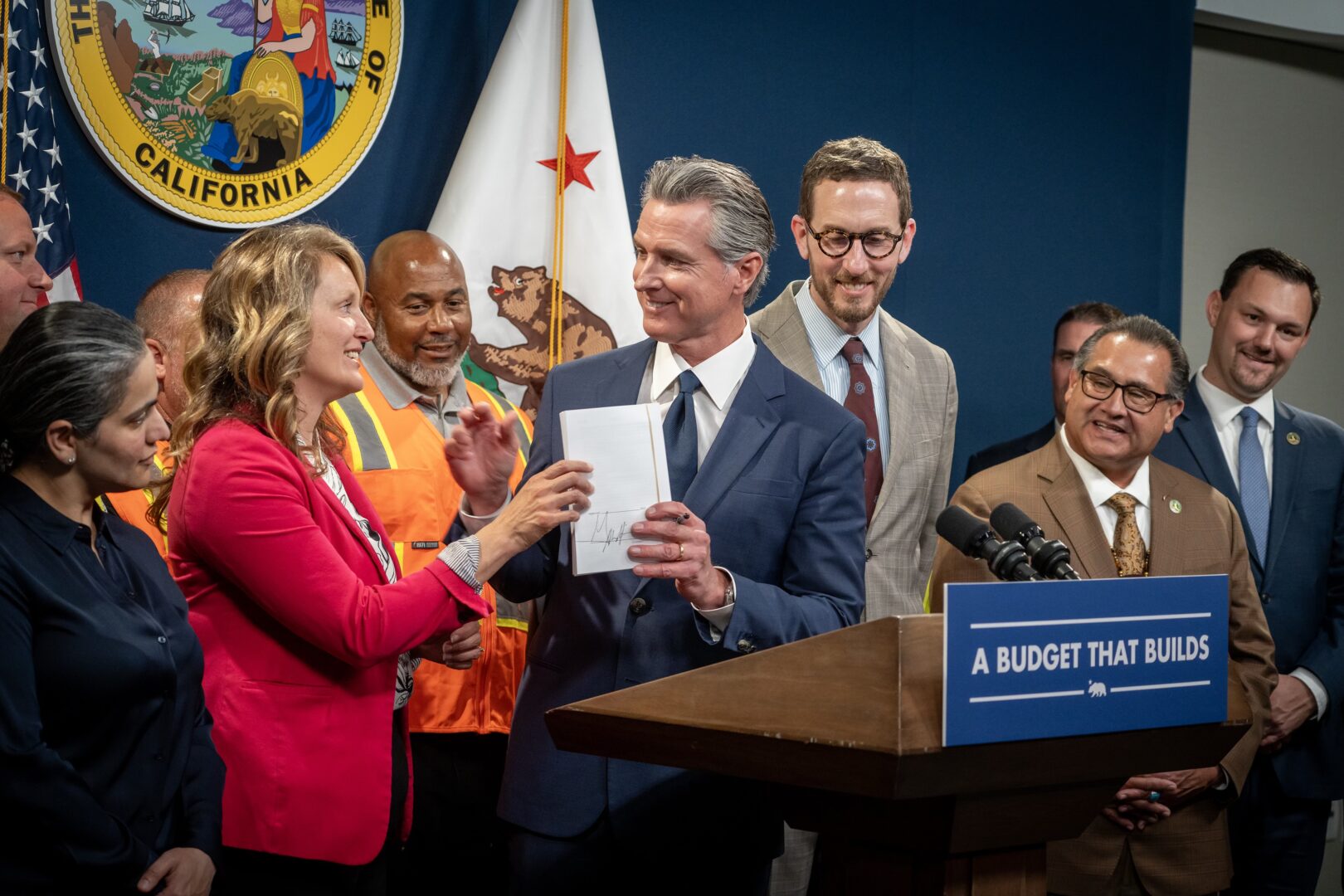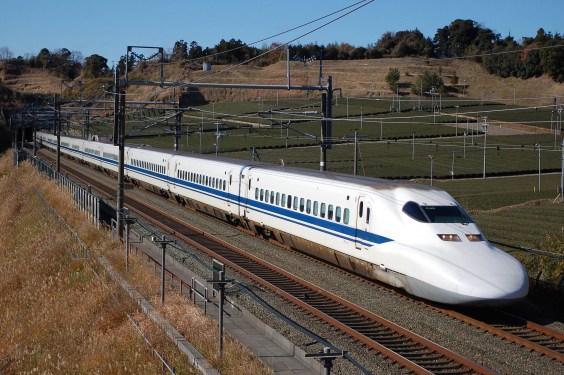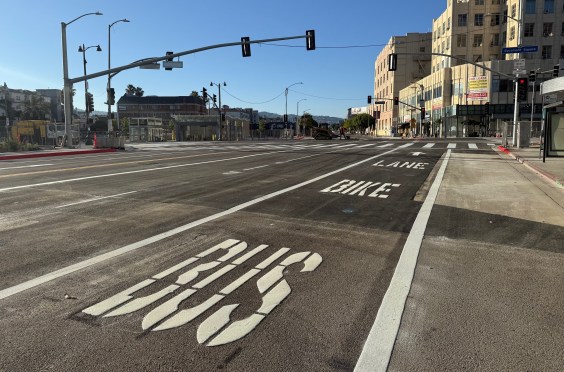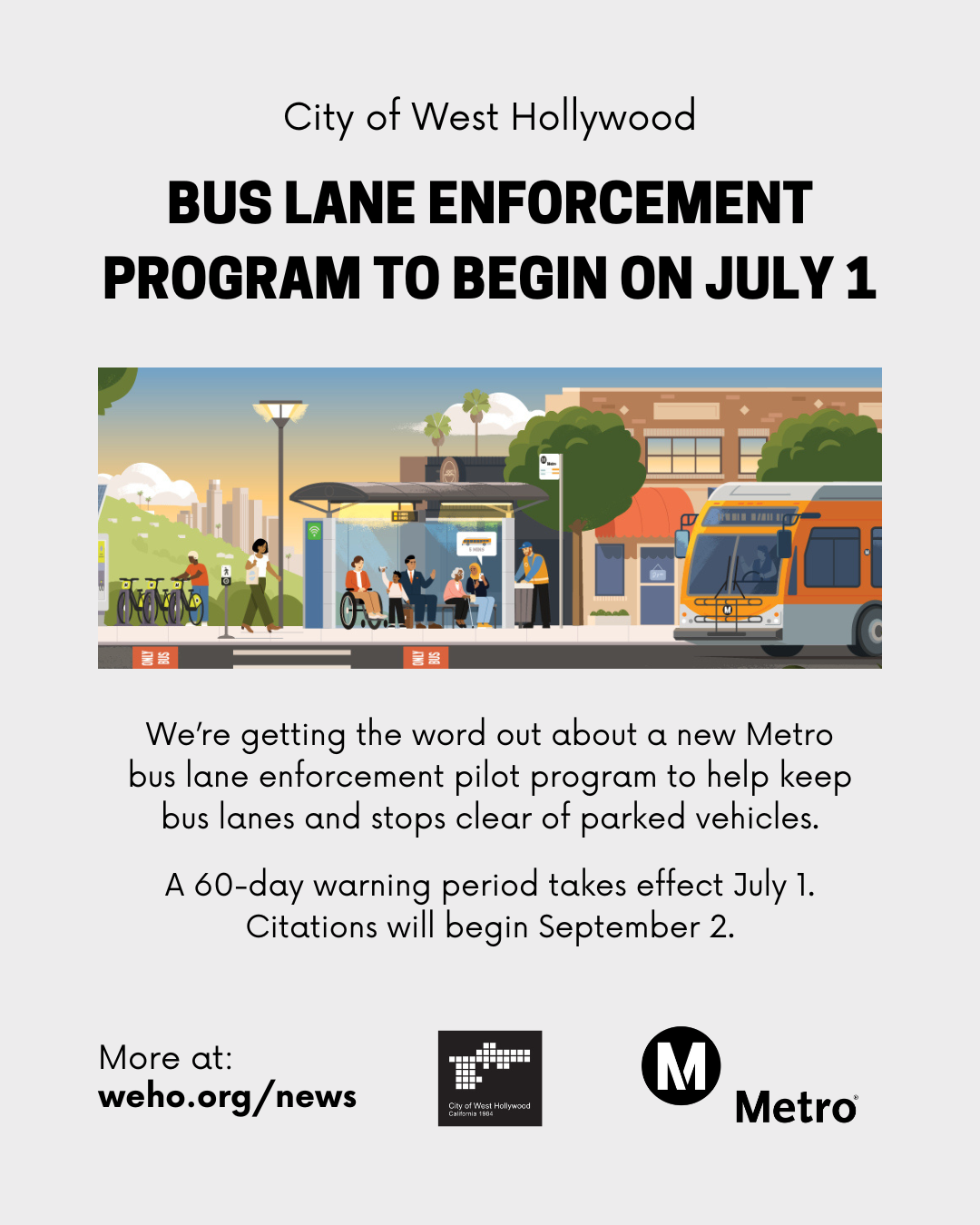After years of being beat up on conservative talk radio and in numerous other press outlets, the California High Speed Rail Authority finally hit a positive streak running several months this year. The organization broke ground on a major part of the program in Fresno, cleared a legal hurdle, passed a new business plan that pivoted construction to the Bay Area and Central Valley, and can now report that there will be high speed rail trains running in California within a decade.
The above video, created by the authority, covers these accomplishments and some lesser ones (We held hearings! We celebrated Earth Day!) and CAHSR is feeling, perhaps for the first time since funding for the first portion of the line was approved by voters in 2008, that they have the momentum needed to see this project through.
But that doesn't mean that everything is in place. Even CAHSR's promotional video concedes that funding to complete the line south from Bakersfield through Greater Los Angeles down to San Diego is uncertain.
The state's cap-and-trade program has produced hundreds of millions of dollars every year for transportation and housing projects, including the California High Speed Rail program. But the program is currently set to expire in 2020.
Despite Los Angeles Times columnist George Skelton's observation that Governor Jerry Brown's best hope to get the line funded is the election of Donald Trump, Brown's immediate plan is to extend the expiration date for the state's cap-and-trade program to 2050. Whether that will be possible remains uncertain - some legislators, mostly Republicans, argue that cap-and-trade is a tax and requires legislative approval. A ruling from a state lawsuit is expected later this year or in 2017.
And that's assuming that the state can even sell cap-and-trade credits. As Streetsblog USA noted in May, sale of cap-and-trade credits has been much lower than expected.
None of which is to say that CAHSR hasn't had a good first half of 2016. There's still a decade of outreach, debate, fundraising, and construction before the trains hit the tracks, but for now CAHSR finally seems to have the wind at its back.





